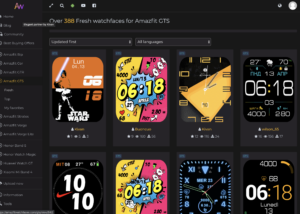Individuare e pulire file infetti nei nostri CMS, in particolare in WordPress
Ultimamente gli attacchi fastidiosi dei pirati del web (che non hanno null’altro da fare che rompere le scatole 😀 ) si sono intensificati.
Talvolta troviamo davvero tanti file “sporchi” e pulirli a mano uno alla volta può risultare un lavoro lungo e fastidioso.
Con un accesso SSH al server, è possibile utilizzare qualche comando per velocizzare il tutto. Ad esempio per eliminare una porzione di codice tipo
//###==###
tantocodicesporco
blablabla
//###==###
Si può lanciare da bash questo semplice comando
find . -name "*.php" -type f | xargs sed -i '/\/\/###==###/,/\/\/###==###/d' 2>&1
Può essere utile anche trovare i file infetti. Ecco come:
find . -name '*.php' | while read FILE; do if grep 'eval(' "$FILE"; then echo "$FILE"; fi ; done
find . -name '*.php' | while read FILE; do if grep 'GLOBALS' "$FILE"; then echo "$FILE"; fi ; done
find . -name '*.php' | while read FILE; do if grep '32*2' "$FILE"; then echo "$FILE"; fi ; done
Queste sono solo alcune delle path che possono essere trovate nei file infetti.
Manterrò questo articolo aggiornato aggiungendo altri tips per mantenere puliti i nostri siti web




